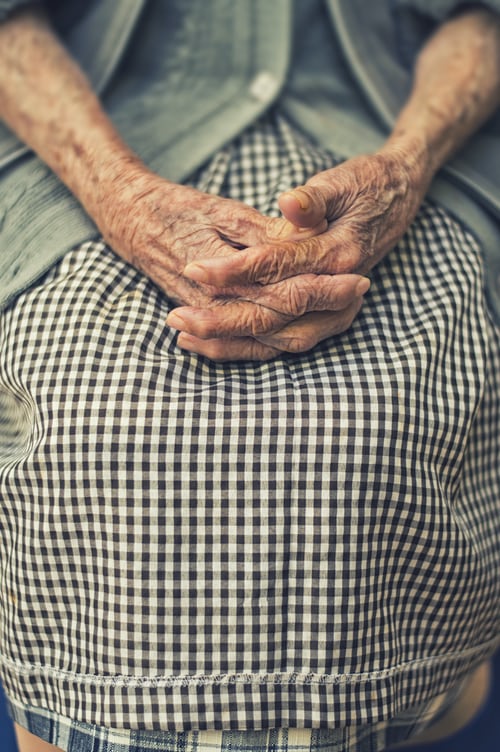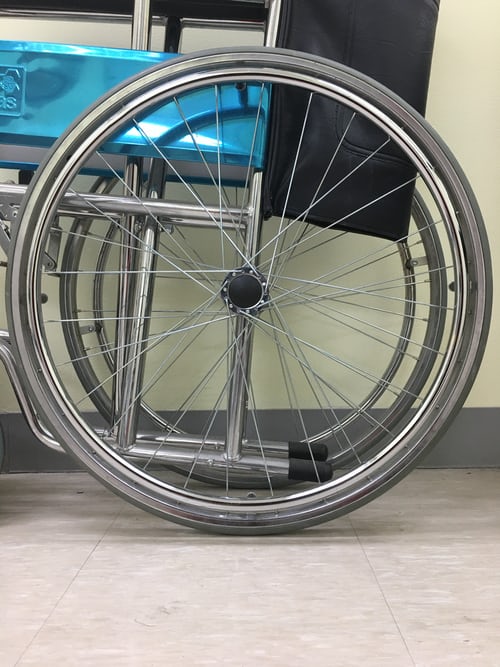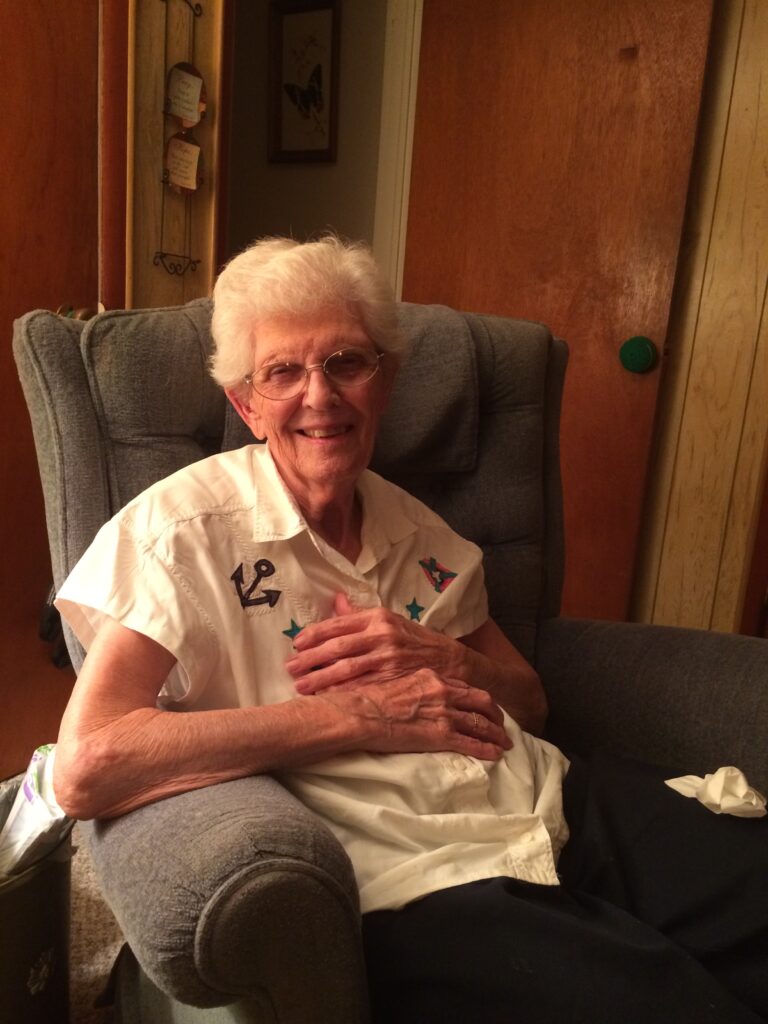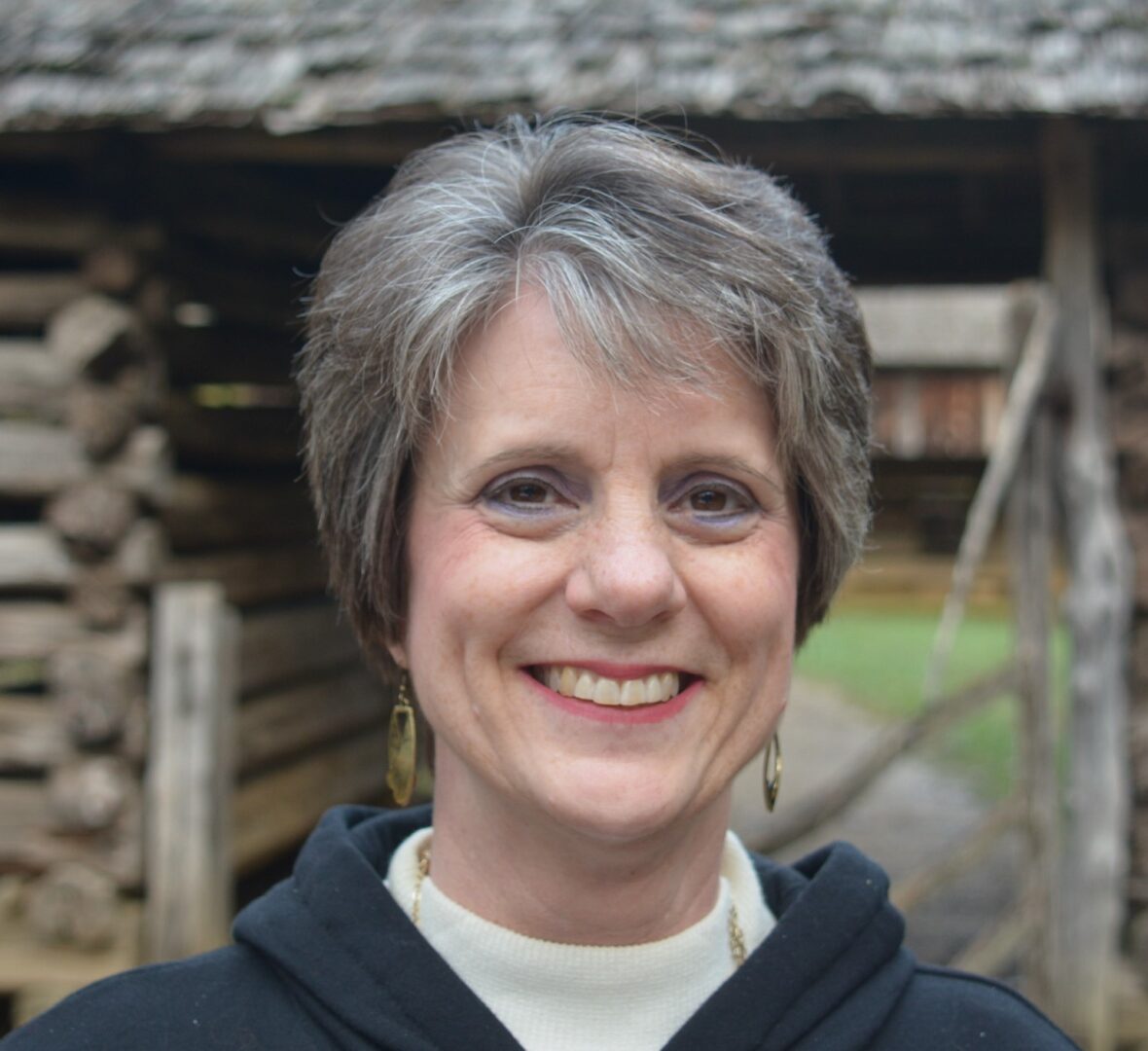
Angels in Disguise
I have done a lot of volunteer work in my days but perhaps nothing was as rewarding as when I was a hospice volunteer, specifically a direct patient care volunteer. This meant that I went into the home of a hospice patient to offer support, company, and/or friendship. It was up to me as to who I chose to see and how often I chose to see them. Because I still worked full-time, convenience was a major factor. Most of my visits were in the evenings after work near my home.
So what exactly is hospice care? Hospice care is a type of health care that focuses on inpatient or at home care for patients with terminal diseases who have a life expectancy of six months or less. Comfort, quality of life, and preserving patient dignity are the focus. Emotional, social, and spiritual needs are addressed through a multidisciplinary team specializing in end of life care. A physician, nurse, home health aide, social worker, chaplain, and bereavement specialist are available for every hospice patient and their family.

There are four levels of hospice care: routine care, general inpatient care, respite care, and continuous care. A patient may experience all four levels in a matter of days or just one level of care throughout their entire duration on hospice services.
Why choose hospice care? Hospice care is an alternative to therapies that focus on life-prolonging measures. It is not for everyone but I’m here to tell you, it can be a wonderful option. No more inconvenient doctor appointments; no more transportation woes; no more arduous measures creating more discomfort; and no more coerced procedures that don’t not align with the goals of the patient. How “comfort†is defined is up to the patient, or, if incapacitated, the patient’s family. Hospice care does not perform treatments meant to diagnose or cure an illness, nor does it incorporate treatments that hasten death.
A Little Background
The word “hospice†is derived from a Latin word that means hospitality or place of rest and protection for the ill and weary. Historians believe that the first hospices originated in the 11th century on a southern European island in the Mediterranean Sea (Malta). Patrons traveling to and from the Holy Land were likely the first residents. Hospices flourished in the Middle Ages. As time passed, the concept began to take hold throughout Europe and beyond. Tuberculosis and cancer patients were the primary recipients.
Differences Between Hospice Care vs. Palliative Care
Hospice care and palliative care both provide comfort and relief to patients suffering from an illness or medical condition. However, they are not the same thing. Hospice care is always palliative, but not all palliative care is hospice care. Here are three differences:
- Hospice care is for patients not expected to recover. Palliative care doesn’t depend on the stage of illness.
- Palliative care can begin at diagnosis and is concurrent with other treatments. Hospice care begins after treatment is stopped.
- Hospice care occurs at home even if that is a nursing facility. Palliative care patients receive treatments that might bring them into the hospital.
Memories Made
I hope you learned something you may not have known. Now let’s get personal. I learned that my volunteering was not as much for the patient as it was for the family, usually the spouse. My nervousness on my first visit was quickly overcome with the spouse’s appreciation of my presence. Strangely enough, I hardly even met the patient save a glance in the bedroom before he died.

Providing an outlet was vital to being a hospice volunteer. Listening was a gift I could provide without much effort. Engaging in end of life conversations was a relief to those with whom I encountered. Opportunities to let the spouse share about their loved one’s past brought joy to their heart and smiles to their face. Rarely a tear was shed during my visits.
I do not know how many families I visited over my years of service, but three in particular come to mind. One was the first assignment I had. The surviving wife lived alone and had no surviving children. Her closest relative was a nephew who lived nearby. I became very close to this sweet lady and adopted her as my pseudo grandmother. Since her name was Bertha Mae, I asked if I could call her Grandmae. For more than 18 years, she remained my Grandmae. We enjoyed backyard swings, walks down dirt roads, eating out, and looking at old photo albums. I loved and admired her.
The second wife lived in a rundown shack in a rural area. Her scrap metal-collecting husband lived well beyond his six-month life expectancy. When he died, Saint Mavis, as I called her, finally got much-needed rest after years of sitting next to her husband’s bedside aspirating his lungs and feeding him through a feeding tube. Saint Mavis and I maintained a valuable relationship for many years until her death. Her son still calls me. I once surprised her with a Christmas cash award from a radio show to reinforce her leaking tin roof.
The third patient was in an assisted living facility. She loved to talk about the Holy Spirit and other spiritual matters. We often prayed together and had stimulating conversations.
Having been a hospice volunteer for 11 years, I learned more about life than death. I thought it might be too hard or morbid to be a hospice volunteer but instead it was a blessing in so many ways. Angels in disguise truly walk among us.
6 Comments
Leave a Comment
Follow This Blog
Ewe R Blessed Ministries / Karen O. Allen

Loved the post my friend. Perhaps the greatest act of true, godly love we can perform is to help someone die to this life with peace and dignity. I pray all whom you helped were saved in Christ so they’ll have the opportunity to thank you for your kindness and compassion Ms. Karen. God’s blessings ma’am.
I am very glad to say that all of the patients I wrote about were believers in Christ. We shared such wonderful days talking about heaven and what is to come. GrandMae was an amazing woman taking good care of her husband. I miss our time together but am so happy the Lord gave us all of those years after the passing of her loved one.
Hospice care is a rewarding occupation. Interesting to learn it’s background.
Glad you learned a little something from my blog. I did too!
I enjoyed reading this article. I am currently experiencing this as a daughter watching her father in his last days. He is at home and on hospice. Each of the areas of hospice is so important. I know you as such a dear friend and know how you give of yourself in so many ways. I hope you receive in your life as many blessings as you have given to others. Love you my dear friend.
Oh Pam, I am so sorry to hear about your Dad. Your gentle and tender heart in your parents’ care has always been inspiring. I look forward to a day when we can once again enjoy time together but for now I understand priorities must be aligned accordingly. Thank you for your comments.